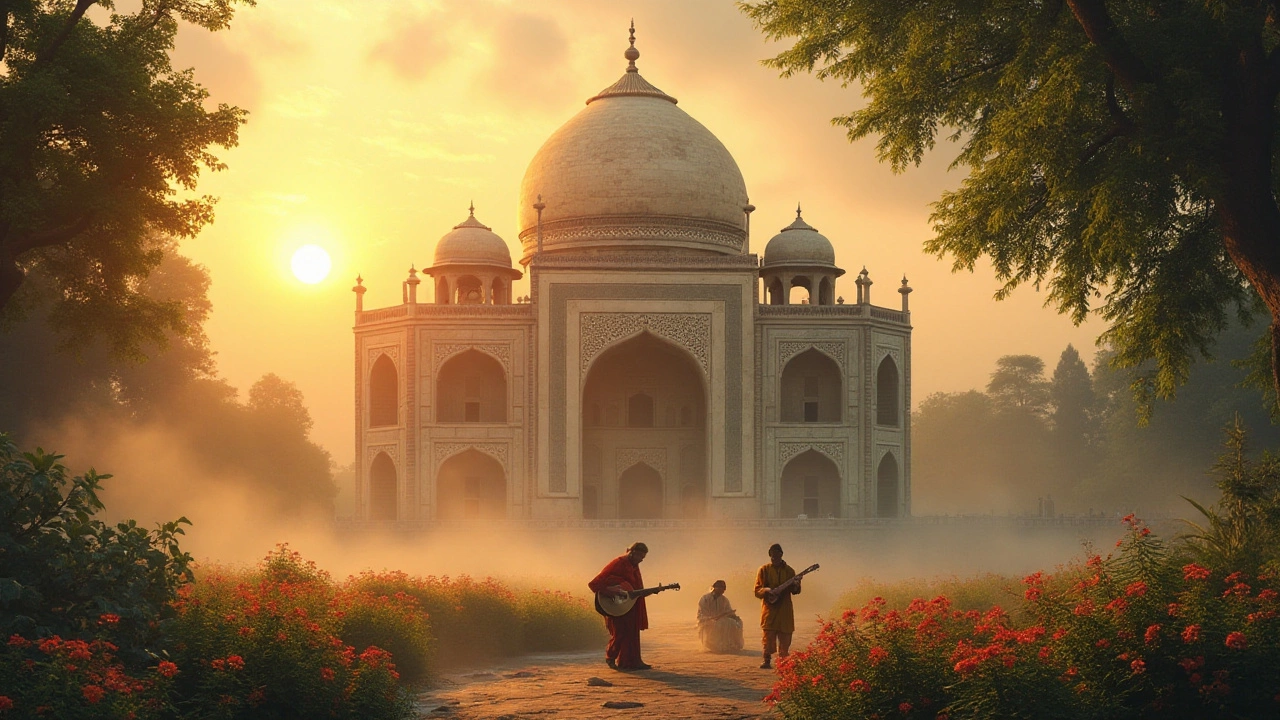Ancient Indian Sites: Discover the Lost Cities and Sacred Places of India
When we talk about ancient Indian sites, the physical remnants of India’s earliest urban civilizations, religious centers, and cultural hubs that date back thousands of years. Also known as archaeological sites of India, these places aren’t just ruins—they’re living records of how people lived, worshipped, traded, and built societies long before modern cities existed. From the grid-planned streets of the Indus Valley to the stone temples carved into hills, these sites reveal a civilization far older and more complex than most assume.
One of the most striking examples is Harappa, a major urban center of the Indus Valley Civilization that thrived around 2600 BCE with advanced drainage systems and standardized weights. Also known as Harappan city, it shows how early Indians mastered urban planning without kings or written records. Nearby, Mohenjo-Daro, another Indus Valley powerhouse, featured a large public bath and multi-story homes, suggesting a society focused on cleanliness and community. Also known as Mound of the Dead, it still puzzles archaeologists because we don’t fully understand its language or leadership. These aren’t isolated finds—they’re part of a network of over 1,500 settlements stretching from modern Pakistan to western India, proving that India had one of the world’s first great urban cultures.
But ancient Indian sites aren’t just about cities. They include sacred places like the Tamil heritage sites, temple complexes in Tamil Nadu that have been active for over 1,200 years, blending art, worship, and daily life. Also known as Dravidian temples, they’re still used today, with rituals unchanged since the Chola dynasty. Places like the Brihadeeswarar Temple in Thanjavur or the Meenakshi Temple in Madurai aren’t museum pieces—they’re living centers of devotion, music, and community. And then there are the rock-cut caves of Ajanta and Ellora, the stepped wells of Gujarat, and the megalithic burial sites of South India—all whispering stories of belief, labor, and innovation.
What connects these places? They weren’t built by distant empires alone. They were shaped by farmers, artisans, priests, and traders—ordinary people who left behind extraordinary things. You won’t find grand kings in every inscription, but you’ll find the fingerprints of everyday life: a child’s toy from Mohenjo-Daro, a song carved into a temple wall, a grain storage pit still intact after 4,000 years.
The posts below dig into these stories—not just as history, but as culture still alive today. You’ll find articles that connect ancient symbols to modern rituals, explore how Tamil communities still honor these sites, and even question why some places are famous while others are forgotten. Whether you’re planning a trip or just curious about where India’s roots truly lie, what you’ll find here isn’t just facts—it’s a doorway to the people who built the past.
